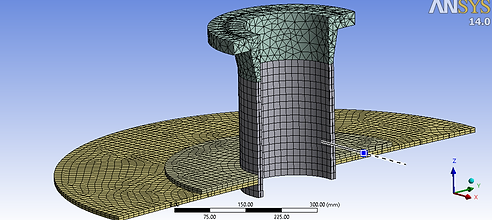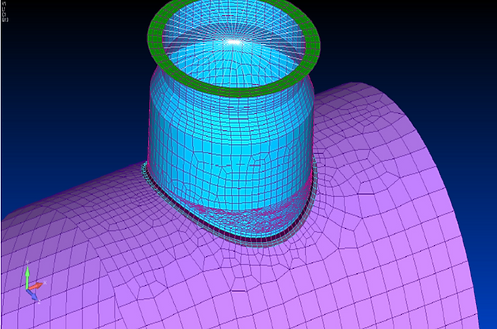FEA AND CFD
Finite Element Analysis (FEA) and Computational Fluid Dynamics (CFD) are powerful numerical simulation techniques widely used in engineering design and analysis. FEA is a computational method used to analyse and predict the behaviour of structures, components, and systems under various loading conditions and physical effects. It is particularly useful for evaluating stresses, deformations, vibrations, and thermal effects in complex geometries.
FEA is widely used in industries like Oil & Gas, Petrochemical, Aerospace and Automobile typically for designing and optimizing components, evaluating structural integrity, and predicting failure modes.
Computational Fluid Dynamics (CFD): CFD is a numerical simulation technique used to analyse and predict fluid flow, heat transfer, and related phenomena in complex geometries. It is extensively used in various engineering applications, including aerodynamics, hydrodynamics, chemical processes, and HVAC systems. CFD is used in various industries, including aerospace (aircraft and rocket design), automotive (aerodynamics and thermal management), chemical and process engineering (reactor design, mixing, and separation), and building design (HVAC and ventilation systems).
Both FEA and CFD rely on powerful computational resources and advanced software packages. These techniques allow engineers and designers to evaluate design alternatives, optimize performance, and gain insights into complex physical phenomena, reducing the need for expensive and time-consuming physical prototyping and testing. It's important to note that while FEA and CFD provide valuable insights, they should be used in conjunction with experimental data and validation, as well as engineering judgment and experience, to ensure accurate and reliable results.





